An increasing variety of options can help more patients
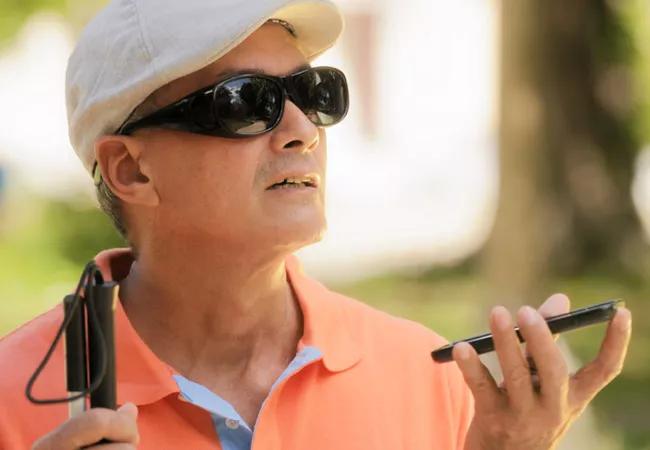
Cleveland Clinic is a non-profit academic medical center. Advertising on our site helps support our mission. We do not endorse non-Cleveland Clinic products or services. Policy
Low vision — visual impairment that cannot be corrected by medical or surgical treatment or conventional eyeglasses — affects almost 4 million people in the U.S. It is important for these patients to know about and have access to rehabilitative aids that can improve their ability to perform activities of daily living.
Many advances in low-vision care are related to general technological advances and are helping patients achieve their vision goals.
The primary goal of most low-vision patients is to read standard print. Sometimes this can be accomplished with a stronger add at a closer working distance or with an optical magnifier. But patients often need more magnification or a larger field of view than these devices allow.
Portable video magnifiers such as Smartlux® Digital by Eschenbach Optik have become quite affordable and allow patients to read fine print comfortably due to multiple magnification and color settings.
Some video magnifiers also have optical character recognition. This feature allows users to switch between listening mode and scrolling text, which can be beneficial for patients with eccentric fixation.
Smartphones and tablets have greatly improved quality of life for visually impaired patients that are willing and able to adopt new technology. Accessibility settings on these devices can be changed to enlarge text, increase contrast, control brightness and invert color. The device’s camera can be used to zoom in on distant objects or magnify close objects.
Voice-activated digital assistants such as Siri, Google Assistant and Alexa can accomplish various tasks, including reading or sending a text, checking a calendar, making a list or looking up a phone number. In a smartphone’s “accessibility” menu, patients can find the TalkBack (Android) or VoiceOver (iPhone) function that will read aloud words on the phone screen.
Useful apps available for download include:
While wearable magnifiers have progressed significantly, they are still bulky and costly and, therefore, have had limited use in my practice thus far. Headborne electronic glasses such as seeBOOST and OrCam project images from a video camera, allowing for enhanced contrast and magnification. Some models can read text aloud, as well as identify items by bar code and people by facial recognition.
Technology also is making transportation easier for people with visual impairments. Ridesharing services such as Uber and Lyft and navigation services with GPS can help people reach their destinations.
“Smart canes” are equipped with ultrasound sensors that can detect nearby obstacles above chest level and warn users with a tactile vibration. They can be linked with a smartphone to provide navigation assistance.
“Smart paint” infused with light-converting oxides is being tested on the edges of crosswalks in some locations. When smart canes come in contact with the paint, they vibrate. The vibration helps pedestrians with low vision stay inside crosswalk lines. Researchers hope to use this paint to interact with GPS to identify the location of bus stops and businesses.
Surgically implanted devices such as the Argus® II Retinal Prosthesis System have shown promise for patients who are profoundly blind. Cole Eye Institute has been a leader in Argus II bionic eye implantation in North America.
The Cole Eye Institute team is led by retina surgeons Aleksandra Rachitskaya, MD, and Alex Yuan, MD, PhD, and genetic counselor Meghan DeBenedictis, MS, LGC, MEd. Together they are advancing the field of retinal prostheses by developing virtual reality platforms for visual rehabilitation of patients learning to use their new vision. In the pilot study, patients reported having more confidence in moving around and improved balance.
The team also is studying changes in patients’ brains as a result of the new visual input.
Currently, low-vision exam services are covered by most private and government insurance plans. However, low-vision devices typically are not. Patients must pay out-of-pocket, despite advocacy efforts to classify these devices as durable medical equipment. Surgically implanted devices are classified as prosthetics and are covered by Medicare.
Medical providers should not reserve low-vision care recommendations only for patients who are profoundly blind. They should offer care options to patients with all levels of visual impairment.
A high-tech low-vision aid, nonstandard glasses, tinted lenses, specialized lighting, or simply a refined refraction may improve patients’ functioning and satisfaction.
Dr. Stalker is a staff member of Cleveland Clinic’s Cole Eye Institute.
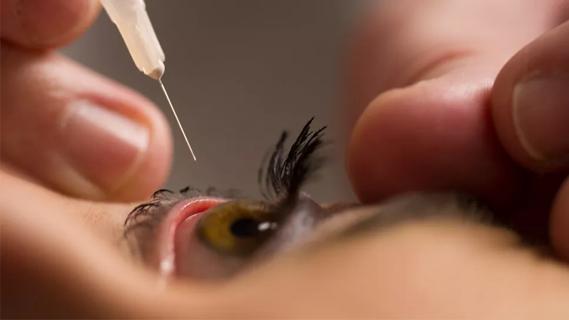
Study highlights the value of quantitative ultra-widefield angiography
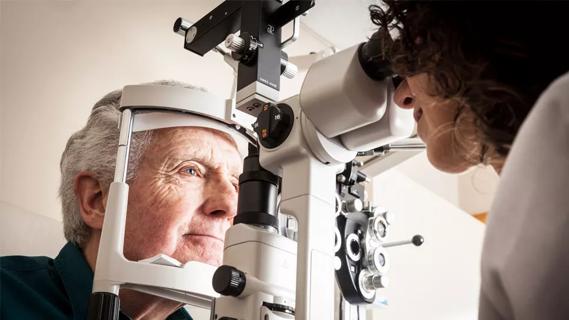
Switching medications may decrease treatment burden and macular fluid
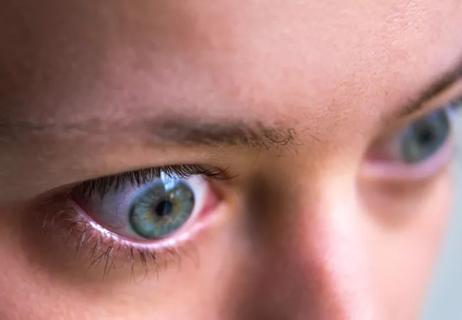
Interventions abound for active and stable phases of TED
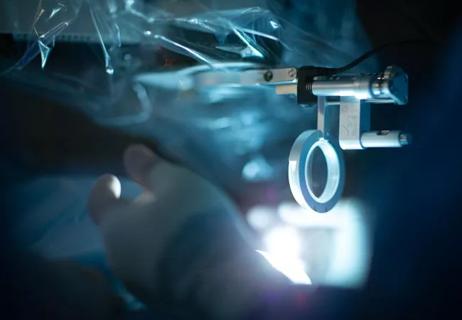
Corneal imaging and interpretation play a major role
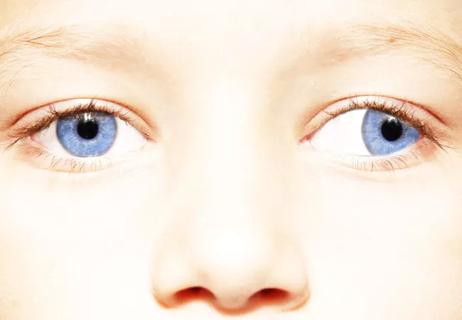
Effect of low-dose atropine and dual-focus contact lenses is unknown in patients with comorbid eye conditions

How to screen for and manage treatment-triggered uveitis
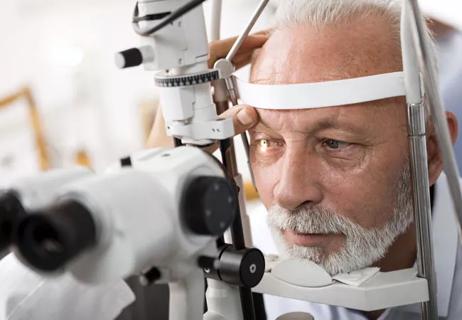
Minimally invasive surgery is effective for uveitic and steroid-induced glaucoma too
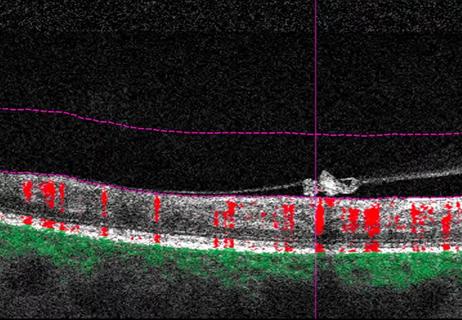
Why retina specialists should get comfortable with this imaging tool